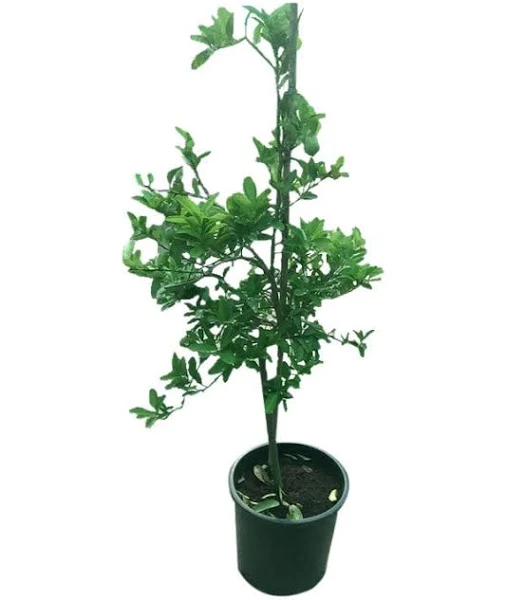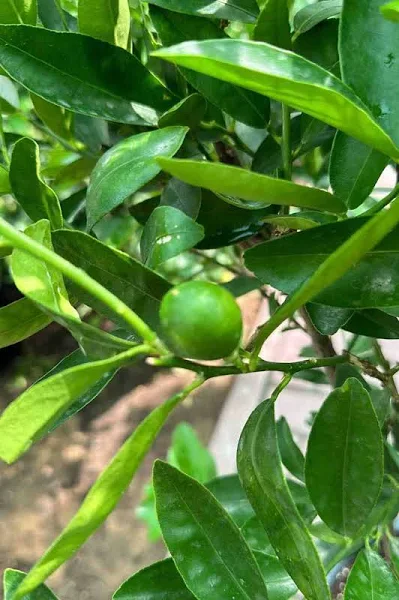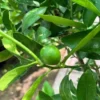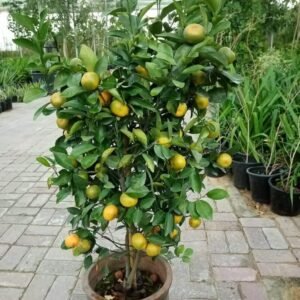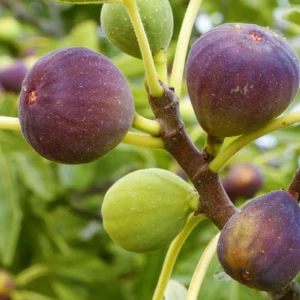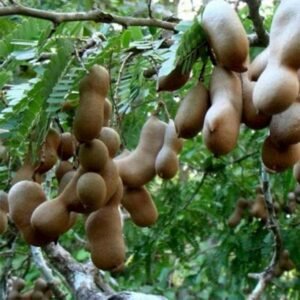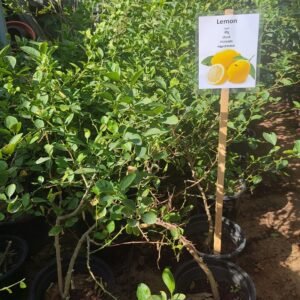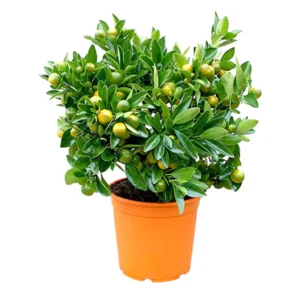| Description |
Lime trees are usually grown as shrubs or small multi stemmed trees. They originate in southeast Asia, and are, perhaps, the most cold sensitive citrus. Nevertheless, they are not uncommon in gulf regions, where, despite the possibility of strong frosts, they thrive on farms in environments protected by other trees. Large, white flowers in spring emit a sweet scent. After pollination, the tree bears rounded green fruits that turn greenish-yellow when fully mature. Deep green leaves are accompanied by thorns at their base. Cultivars are commonly spineless and less acidic. They exceed the aroma of lemons. Limes require abundant sunlight, good nutrition and require humidity. Sufficient irrigation is essential in well drained, fertile soil. It should be omitted in autumn, but wilting must nevertheless be inhibited. Some drought is tolerated if the soils are deep. Frost damages leaves and may cause branches to die back. C. aurantiifolia grows well in containers, near pools and is suitable for both public and private gardens. Commercially grown cultivars are grafted, but cuttings with heels meet private needs. Seedlings may show thorns and acidic fruits. Limes are prone to scales, spider mites and mealybugs. Pruning should be done in early spring before flowering. Severe cutting back harms both the appearance and the tree’s health, because wounds take a long time to be closed by surrounding bark. If their diameter exceeds 3 cm, the wounds should be sealed with a pruning compound. Frequent pinching out keeps a neat, compact shape. |

